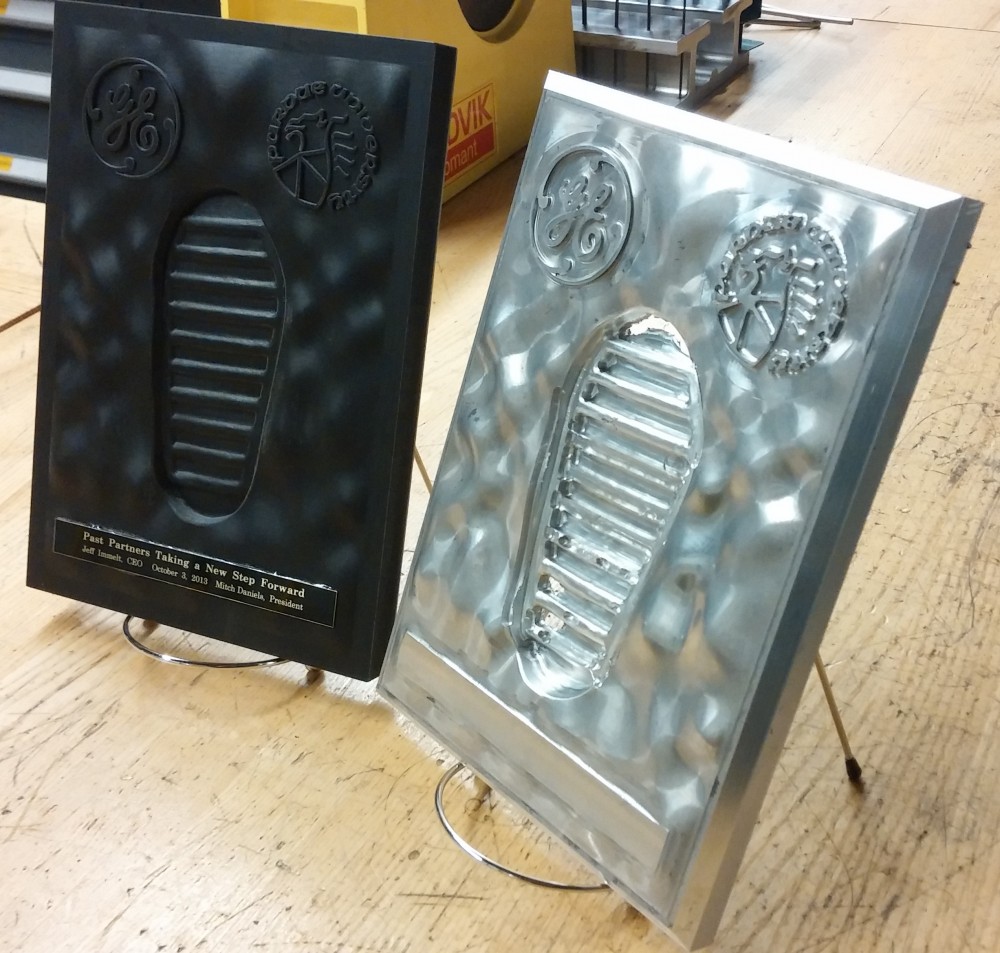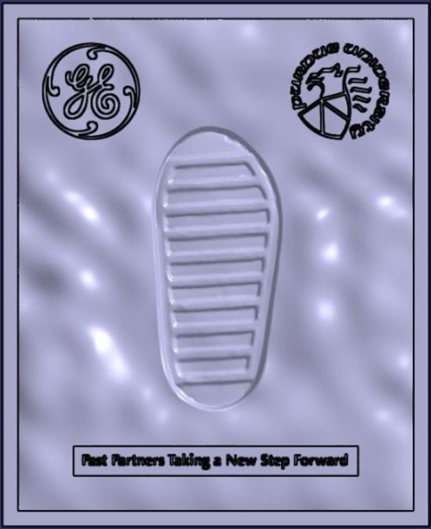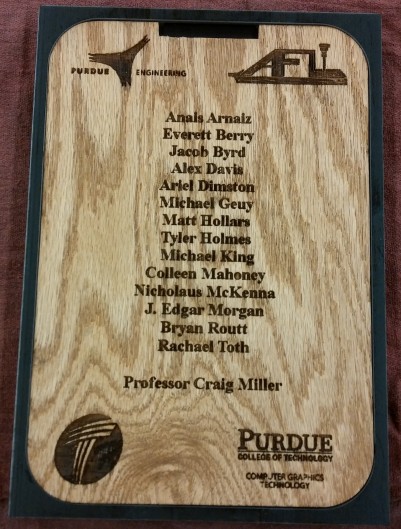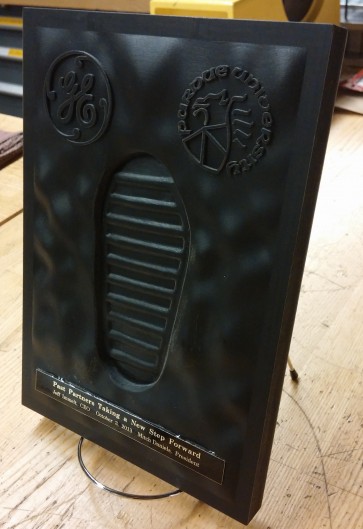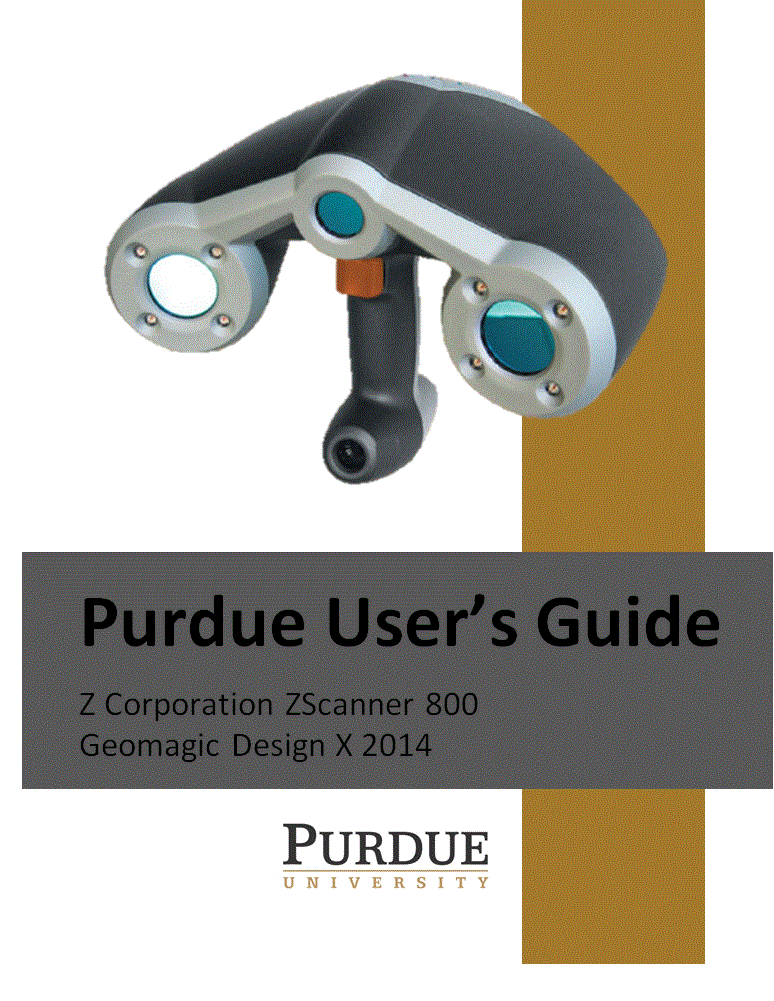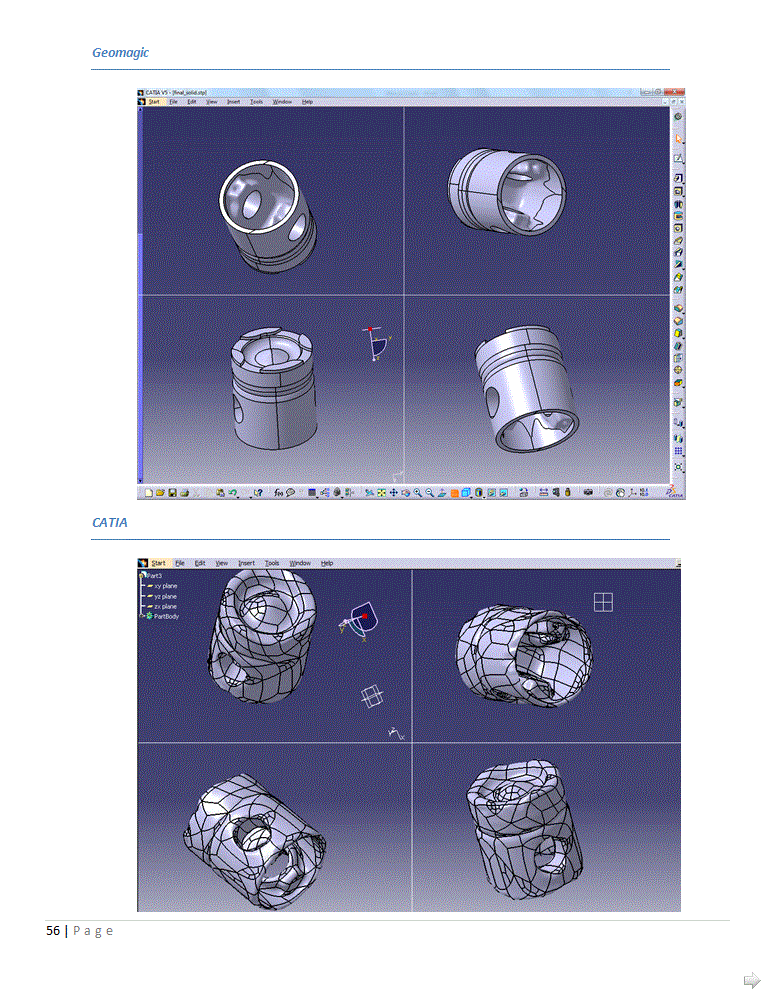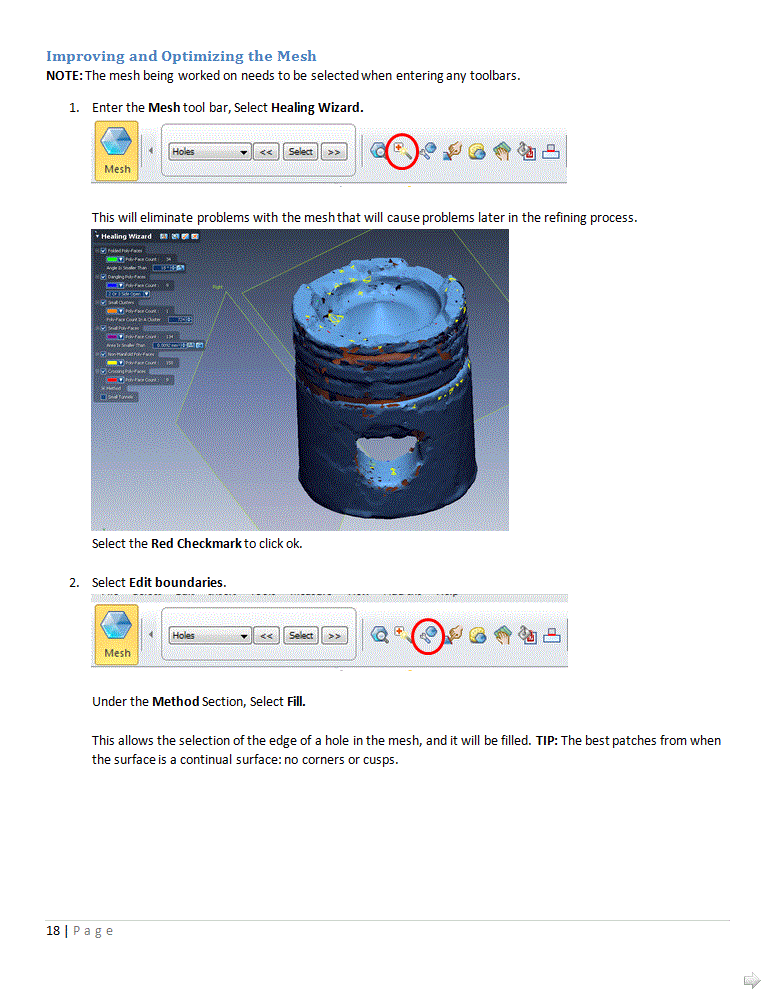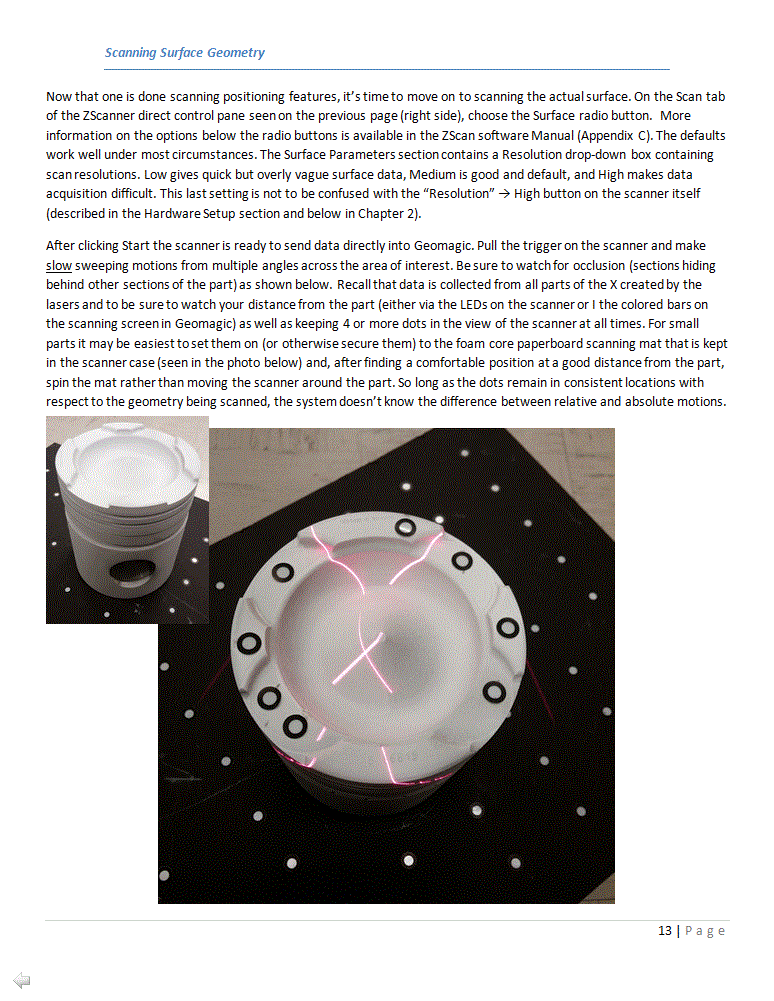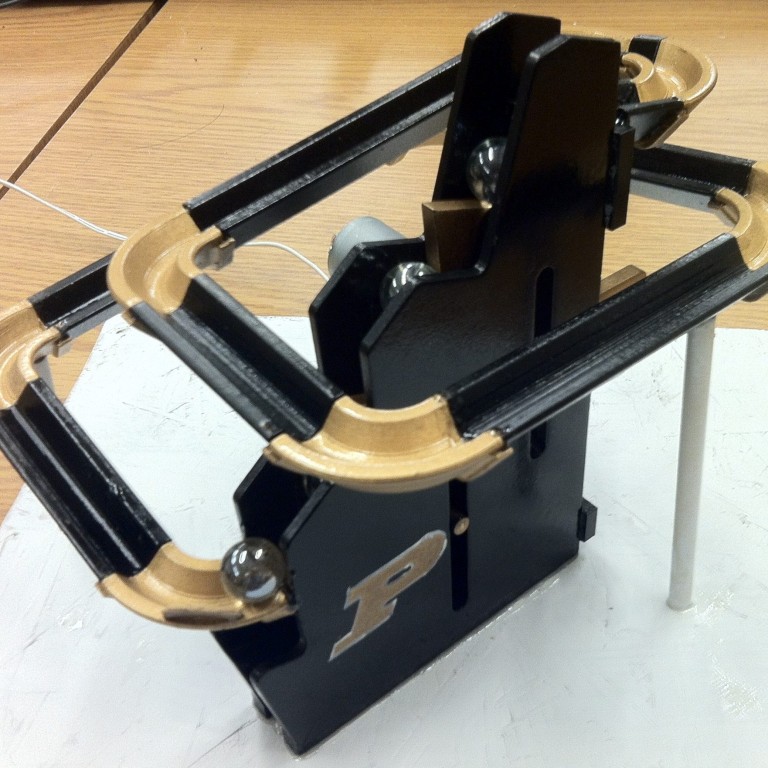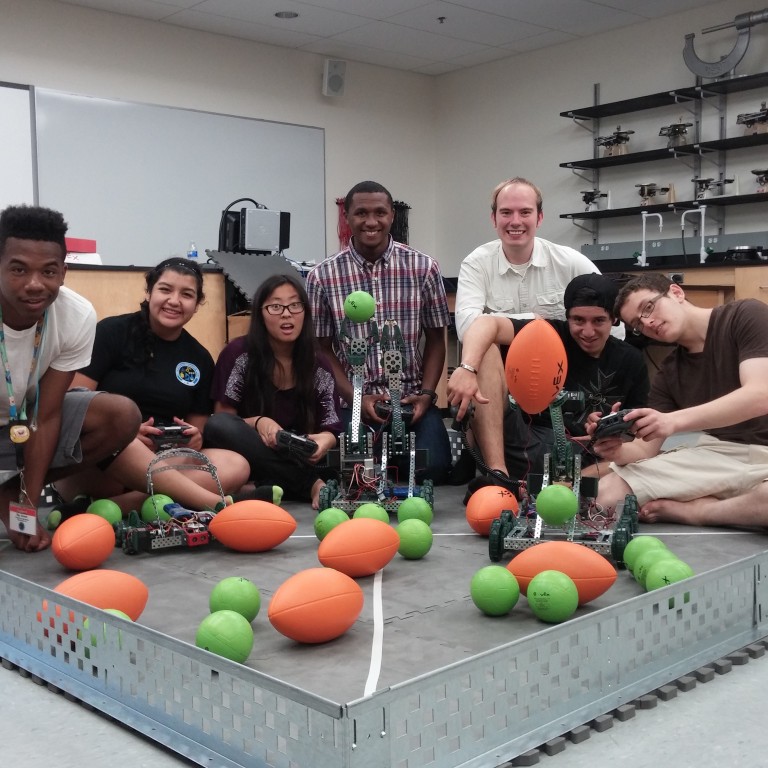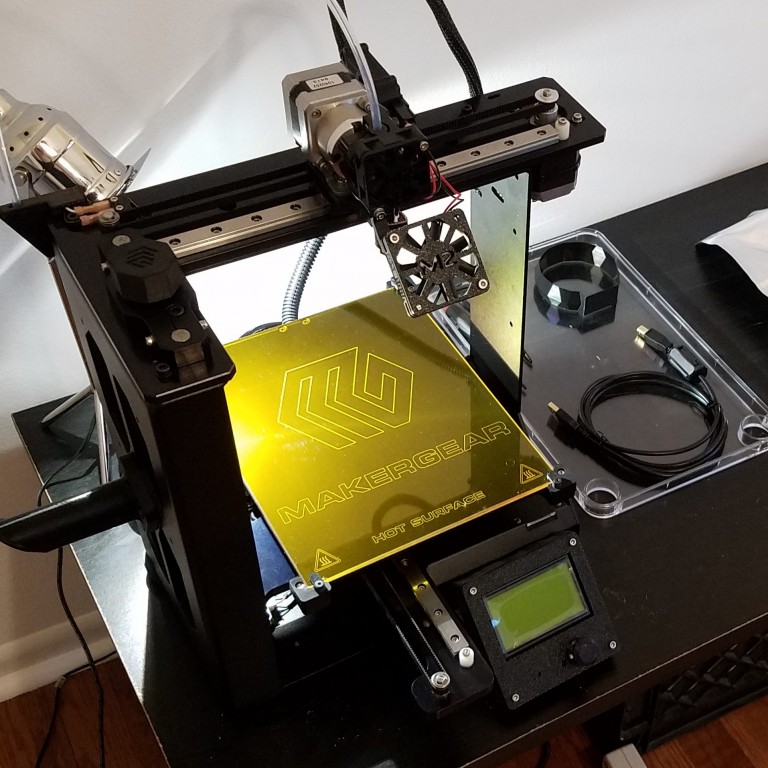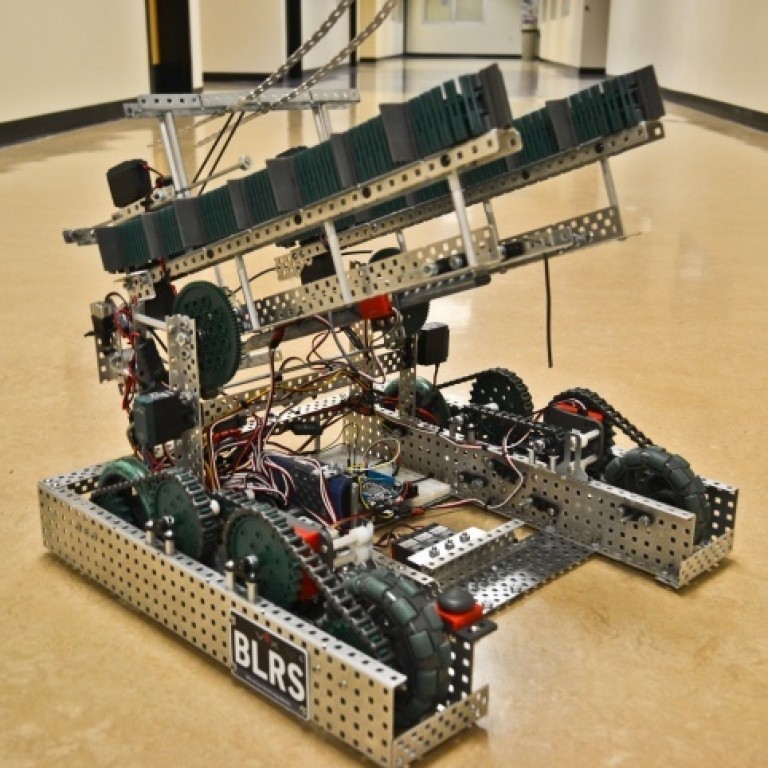Bootprint Plaque
A Journey of a Thousand Miles begins with a Single Giant Leap for Mankind
Silicone Boot ➔ Lunar Regolith ➔ Photo ➔ Clay ➔ Mold ➔ Concrete ➔ Digital Mesh ➔ Aluminum?
3D Scanner
Using laser depth finding and infrared retroreflective "dots" to map objects in 3D space
Team Leader x2
Lead two teams -- one of 8 students, one of 3, in related and concurrent projects
Self Designed Final Project for PLM Minor
Two Part, Self-Designed Capstone Project for Product Lifecycle Management Minor
Represented Team Up Chain of Command
Represented the team to our professor, the Office of the President of Purdue, as well as to team from General Electric executives
Our professor mentioned that the department had a 3D scanner and, curious, I asked to see it. 20 minutes later I was in charge of getting it working again, figuring out how to use it, and was to demo it to the class. The two projects below followed from there.
In 1969 mankind’s first footprints on another celestial body were left by a pair of General Electric made boots that just so happened to be attached to a Purdue University Alum by the name of Neil Armstrong.
These bootprints were then recreated in concrete outside of the Neil Armstrong Hall of Engineering at Purdue. One was then scanned by my team (see project video toward bottom of page) using a Z Corp (now 3D Systems) Zscanner 800 IR laser scanner to create a point cloud of the shape in question. We then designed a plaque around it including an undulating moon-like background and the words “Past Partners Taking A New Step Forward,” echoing the Purdue-GE connection.
The project was green-lit on the Purdue side but offical communication channels had broken down. Never one to let red tape slow me down, at a third-party event I privately discussed the idea of presenting said project to the CEO of GE with his executive staff. They were thrilled with the idea and, after re-establishing communications, we got to work machining.
Joe, a member of our team, almost single-handedly took the plaque from CAD model through final aluminum peice, milling 24 hours a day for almost a week, every moment being watched by a member of our team. After tragedy struck the aluminum version, a backup resin one was printed from the same file using an ObJet inkjet-style 3D printer. This, including with the wood insert containing the names of all those who touched the project, was given by university President Mitch Daniels to GE CEO Jeff Immelt commemorating his first visit to the campus. A new aluminum version was then cut and mailed.
Purdue Presents Plaque to GE
(photo was not of the completed plaque despite it being backstage)
General Project Stages and My Role in Them:
What I learned:
- Isolating a team from managerial pressure
- Importance of ensuring communication throughout an organization regardless of position
- Working under deadlines and high stress while dealing with unknown variables
- Re-enforced my ability to network with corporate upper-level staff
Final Project Video - Scan, Digital Work, Milling
As the plaque project progressed concurrently, three of our team also co-wrote the missing documentation for our scanner. We broke the task up into pieces; Software Install, Scanning, Point Cloud Conversion, and Geometry Cleanup, as well as comparison of alternative techniques and software. As stated on the cover page, the manual focused on use of this particular model of scanner and the software as purchased previously by the university: a manual for Purdue by Purdue (including license specifics). This completed manual was included on a CD of the following copies of which were distributed between the scanner case and multiple other parties for safekeeping.
Included on the final CD:
